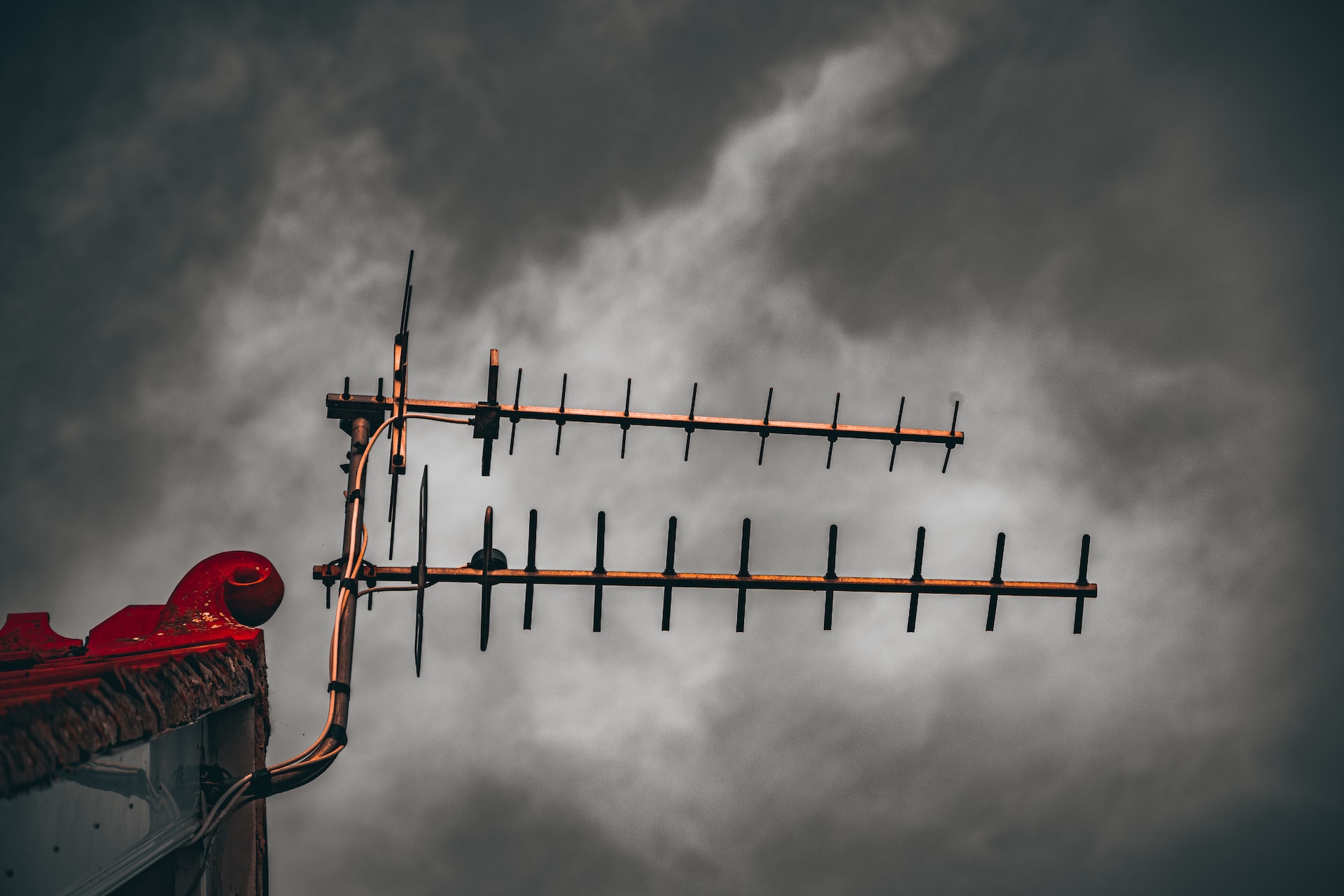Communications in the Tairāwhiti region are fully out this morning, cutting off the area from the rest of Aotearoa and affecting local disaster response.
Satellite access has been provided to dairies in Northland so they can continue to sell essentials, as cell towers are taken out across North Island districts.
The SMC asked experts whether satellite communications are an effective backup for emergency situations, particularly during storms.
Dr Ulrich Speidel, Senior Lecturer, School of Computer Science, University of Auckland, comments:
“Satellite communication can and often is affected by storms. The satellites themselves aren’t affected – they fly between 500 and about 36,000 km above the Earth and are therefore well above the weather, which only reaches to about 30 km or so at the extreme end of the scale. What is however often affected are the signal path and the antennas on the ground.
“Antennas can get blown over or bent out of alignment in high winds – now luckily that’s a bit less of an issue with the more modern Ku and Ka band systems as their antennas are generally smaller.
“Satellite signals get attenuated by heavy rain – that’s a bit like light going through fog, and it’s worse for more modern satellite systems that use the Ku or even Ka bands. These systems usually need to dial their data rates back a bit in order to cope.
“Another effect is that satellite systems are often used for communication to rural or remote areas, and with people stuck indoors working from home, there is bound to be more demand in weather like this. As people have to share the satellite bandwidth available, the slice that each party gets becomes a bit smaller. In the past we have observed that Internet data rates on SpaceX’s Starlink, for example, jump around depending on whether you’re connected to the same satellite as a large number of other users.
“I have seen this in play at my home in Auckland’s Eastern Suburbs, where I have taken our lab’s Starlink terminal to measure its performance in heavy rain. Yesterday the Internet through Starlink was a bit slower than what I would usually expect in good weather, before the hard rain had even started. This may be because more people were hunkered down at home in Auckland’s lifestyle block belt using their satellite connections. As the night went on and the rain got heavier, interestingly, the Starlink data rates started to pick up a little, which is the opposite of what I expected to happen. This may be because the storm knocked out power to semi-rural areas around Auckland where most of the Starlink users sit, reducing the demand on the satellites to the benefit of other Starlink customers in the region. Starlink kits tend to be quite power hungry, around 80 to 100 watts, generally requiring a mains connection or a generator.
“Probably a significant chunk of the North Island would be using the same satellite as me at any one time. However there are a number of factors which affect your connection performance, so it can be quite variable. It’s possible that people in Tairāwhiti will have more Starlink users nearby than I do here in central Auckland, and their gateways are further away, so their connections could be worse.
“However even some of the lowest data rates I measured over the past day are enough to send tweets or pictures, and generally enough to hold an audio call on. As the connection wavers you may hear a reduction in audio quality. Starlink restricts the number of people that can use it in a geographical region in order to allow for this minimal service level to be maintained. So Starlink is not the big solution that will replace fibre for entire towns or cities, and we will still need other telecommunication options, but in the case of such emergency events, it can be a good backup.”
No conflict of interest declared.
Professor Peter Chong, Associate Head of the School of Engineering, Computer & Mathematical Sciences, Auckland University of Technology, comments:
“Satellite communications will definitely be a good back up or option in case of telecom and cellular communications outages.
“However satellite communication is not 100% perfect because its communications will be affected by the weather. In particular, it is heavily affected by the clouds. So under a storm with thick clouds, it may not be good.
“In addition, heavy rain will interrupt and distort the satellite signals; especially larger rain drops. Besides the weather, the satellite signals can be blocked – by objects or obstacles such as buildings, trees or trucks – more easily compared to cellular communications.”
No conflict of interest declared.
